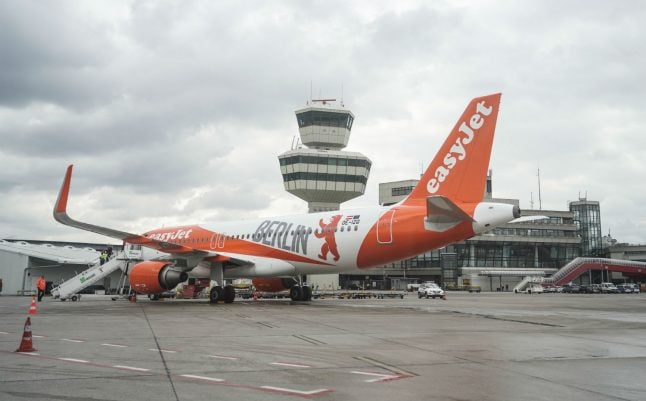Through adding more domestic flights, the British carrier also aims to grow from 8 million in 2017 to 18 million passengers this year in Germany, Handelsblatt reported on Tuesday, quoting the company's European head Thomas Haagensen. The spike in numbers could pose serious competition to Lufthansa, currently Germany’s largest airline.
Lufthansa purchased €40 million of Air Berlin, which was formerly the second largest airline in Germany before declaring bankruptcy in August 2017. EasyJet purchased the remaining parts for an undisclosed amount.
While easyJet has been situated at Berlin’s Schönefeld Airport since 2004, it moved to Tegel to take over parts of Air Berlin facilities. It plans to have up to 25 planes based out of Tegel – serving 40 destinations by the end of summer – in addition to the 12 it already has situated at Schönefeld.
EasyJet’s base at Tegel, however, is up in the air after Berlin’s state senate said on Tuesday that it would ignore a referendum in which Berliners voted to keep Tegel open when the much-delayed BER airport finally opens its doors in 2020.
By this summer, Berlin will also be a base of the airline's “WorldWide by easyJet” system, which currently runs out of London-Gatwick, but also plans to expand to Paris’ Charles de Gaulle and Orly, Amsterdam and Venice. The long-haul service will expand its network of discount flights to Asia and the Middle East.



 Please whitelist us to continue reading.
Please whitelist us to continue reading.